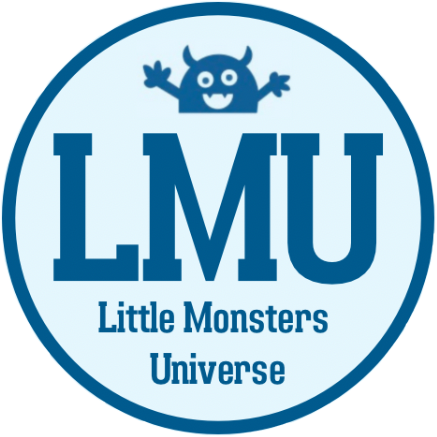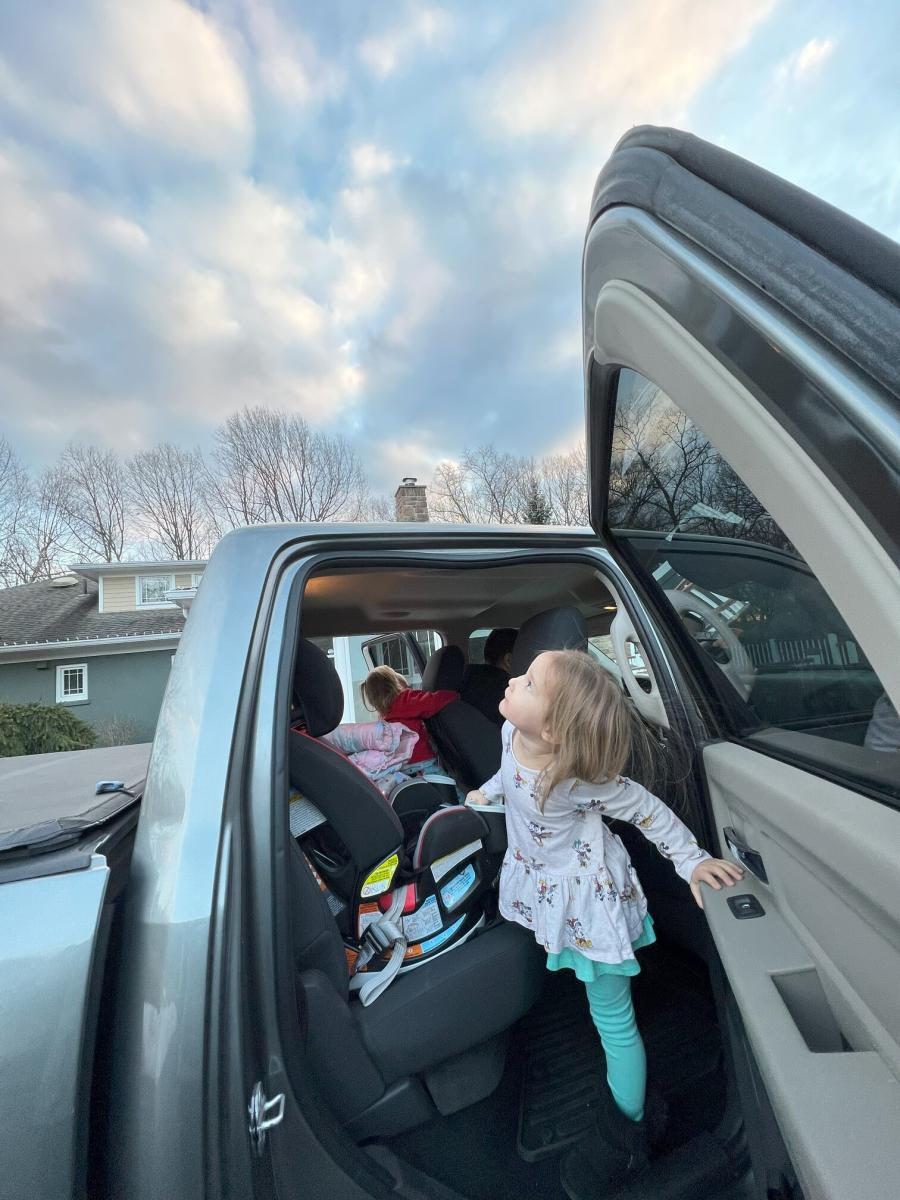There’s something magical about the moon. My children have always been fascinated by it, especially when they spot it during the day. You can imagine their surprise and excitement when, while the sun was still shining, they caught sight of the moon high in the sky. Most children’s stories talk about the moon being out at night and the sun during the day, so this was a revelation for them—a moment of wonder that sparked a new adventure for our family: moon journaling for kids.
Following your child’s interests is one of the best ways to make learning meaningful. When kids are genuinely curious about something, they’re much more likely to engage deeply with it. That’s exactly what happened when we decided to start a moon journal. What began as an exciting discovery turned into a long-term project that combined science, art, and even a bit of math.
The Magic of the Moon
The moon has always held a special place in our imaginations, often portrayed as a mysterious nighttime visitor. But what happens when that visitor shows up during the day? For my kids, seeing the moon out while the sun was still shining was almost like finding a hidden treasure. Their excitement was contagious, and I knew this was an interest worth exploring further.
We began paying attention to when we saw the moon, making a note of the day and time each time it appeared. Over time, this simple act of observation turned into a rich learning experience.
Starting Our Moon Journal
Starting our moon journal was as simple as grabbing a notebook and stepping outside. Each time we saw the moon, we recorded the day and time, along with a description of its shape and location in the sky. Was it a thin crescent or a glowing full circle? Was it low on the horizon or high overhead? We also took note of the weather—was it a clear day or were there clouds?
To add a creative element, we often drew pictures of the moon or took photos to include in our journal. My kids loved drawing the moon’s different phases, and sometimes they even made up stories about where the moon had been hiding during the day. It was a wonderful way to combine observation with imagination.
Learning Through Observation

As we continued our moon journaling, we began to notice patterns. We observed how the moon changed shape over time, moving through its phases from new to full and back again. We also realized that sometimes the moon was visible during the day, and other times only at night.
This project naturally led to discussions about why the moon appears at different times and in different shapes. We even incorporated a bit of math by adding up the number of days we saw the moon during the day versus at night. It was a hands-on, engaging way to learn about the moon, and it made the science behind it all the more tangible for my kids.
Incorporating Different Learning Aspects
- Drawing and Photography: My children loved drawing the moon and capturing its image with our camera. Their sketches and photos became a colorful record of our observations.
- Descriptive Writing: They also wrote about what they saw—the moon’s shape, its brightness, and its position in the sky. This helped improve their descriptive writing skills and encouraged them to pay closer attention to details.
- Mathematical Observations: We used our observations to calculate how many times we saw the moon during the day compared to at night. This math activity made the learning process more interactive and fun.
The Importance of Following Children’s Interests
One of the most rewarding aspects of this project was seeing how invested my children became in it. Because the idea came from their own curiosity, they were eager to participate and learn more. This is why I always advocate for following your child’s interests whenever possible. When learning is driven by curiosity, it becomes more meaningful and enjoyable for everyone involved.
Tips for Parents and Teachers

If you’re interested in starting a moon journal with your own children or students, here are a few tips to get you started:
- Start Simple: A notebook and a pencil are all you need. Let your child take the lead in deciding what to record.
- Incorporate Art and Writing: Encourage your child to draw what they see and describe it in their own words. This helps reinforce their observations and makes the journal more personal.
- Look for Patterns: Over time, help your child look for patterns in their observations. How does the moon’s shape change? When is it visible during the day?
- Make It a Routine: Set aside regular times to observe the moon, whether it’s every evening or once a week. Consistency helps build a habit of observation.
Feeling overwhelmed by teaching science or unsure how to start? Little Monsters Universe offers custom lessons where we can meet virtually to discuss ideas, follow your child’s interests, and create a personalized plan to make science learning enjoyable and effective. Reach out for a tailored approach to ignite curiosity and foster a love of learning in your students.
Connecting to a Larger Community
Nature journaling offers so many benefits beyond just learning about the moon. According to an article from Edutopia, this practice can enhance creativity, improve observation skills, and foster a deeper connection to the natural world. If you’re interested in exploring more about the benefits of nature journaling, I encourage you to check it out.
Conclusion
Our moon journaling adventure has been one of the most enriching experiences for our family. Not only did it spark a love of science in my children, but it also brought us closer together as we explored the wonders of the night (and day) sky. If you’re looking for a way to connect with your children and foster a love of learning, I highly recommend starting your own moon journal. Why wait? Step outside, look up, and let the moon guide your next family adventure.
And if you’re looking for a way to get started, don’t forget to check out our nature journal guide. It’s a wonderful resource for families who want to explore the natural world together. Download a FREE sample and start your journaling journey today!


